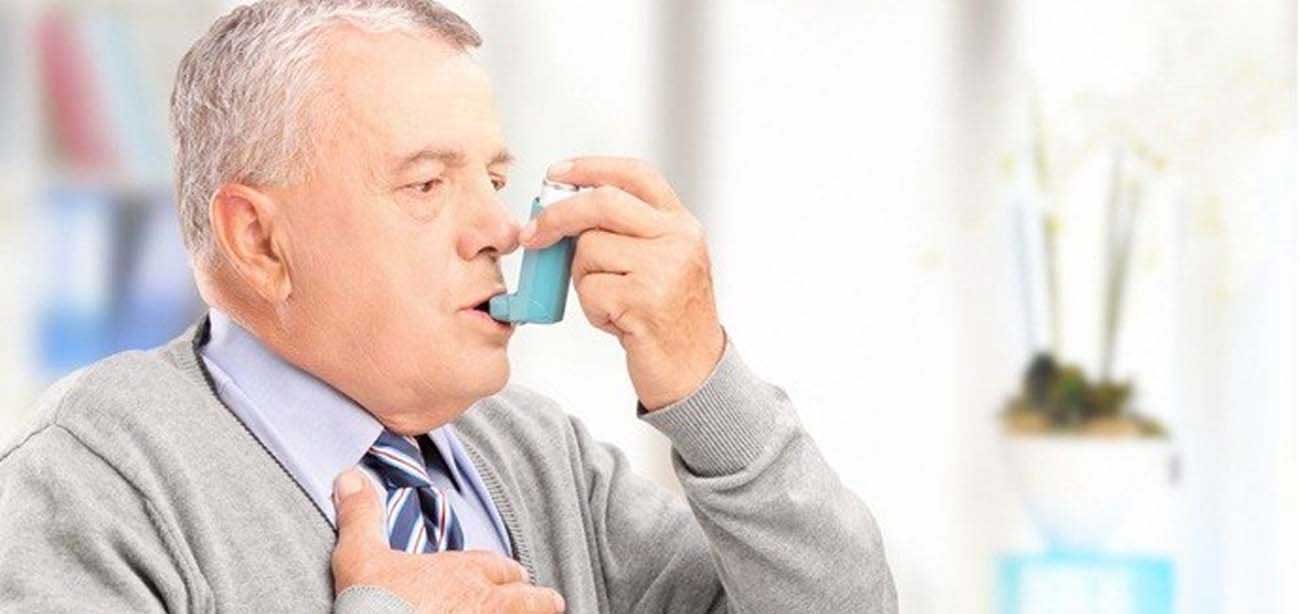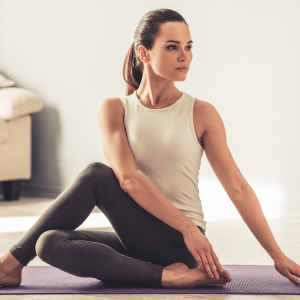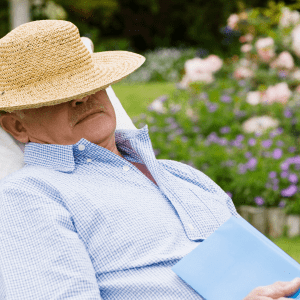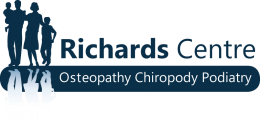Osteopathic Management for Breathing Problems
Breathing problems -Osteopathic management
Breathing is the process of inspiration of oxygen and expiration of carbon dioxide, i.e., the process which allows gaseous exchange, to bring oxygen in and expel carbon dioxide out (ventilation). It is an involuntary action, i.e., we breathe with or without our control (consciously), but it can be controlled voluntarily.
Functions of the breathing process
- Provide oxygen for all metabolic functions of the body
- Removal of toxic by-products of metabolic reactions of the body, carbon dioxide
- Regulate psychological and physiological functions of the body
- Influences various systems such as circulatory system, nervous system, the chemical balance of body
- Regulate homeostatic functions
- Has a role in maintaining postural stability
- Regulate metabolism and affects motor function
Dysfunctional breathing occurs when he/she is unable to breathe properly, i.e., an inappropriate breathing pattern that makes them inefficient to respond to the changing environment needs. Dysfunctional breathing includes:
- A change in breathing pattern
- Hyperventilation
- Unhelpful breathing symptoms
Risk groups
- Smokers
- People with a history of respiratory ailments
- Females
- Persons having asthma
- People suffering from anxiety disorder
Dysfunctional breathing, in simple words, can be described as a variety of breathing problems. It can lead to poor breathing habits in the future when remains undetected, which can eventually cause restriction of the ribcage and lead to tensions and respiratory load. As a long-term effect, it affects the respiratory system and its functions, sleep, facial muscles, digestive system, posture, etc.


Causes
There are a lot of factors that contribute to developing irregularity in breathing patterns. Some of which are:
- Infant -breathing difficulties
- Dysfunctions of neck
- Dysfunction of rib
- Dysfunction of upper and lower back
- Dysfunctional diaphragm
- Anxiety disorders
- Stress
- Allergy
- Shock
- Trauma
- Sleep apnoea
- Asthma
- Headache
Osteopathy is a holistic approach based on the principle that the body has the power to heal by itself. As the dysfunctional breathing condition has a strong mechanical component (lack of mobility of muscles which aid breathing, ribcage, chest, and postural imbalance), an Osteopath helps in identifying and treating the mechanical component of dysfunctional breathing.
Complete medical history of the person is taken, along with assessing the current breathing pattern of the person (visual inspection and palpation used), through which an evaluation is made regarding the cause and the symptoms of the condition.
Identification of the breathing issue (difficulty in breathing) is made by an osteopath and assists the person in dealing to cope with the condition by advocating proper breathing techniques. As the dysfunctional breathing condition has a strong mechanical component (lack of mobility of muscles which aid breathing, ribcage, chest, and postural imbalance), an Osteopath helps in identifying and treating the mechanical component of dysfunctional breathing. Sometimes, patients presenting with the complaint of neck pain, shoulder and back pain, having stress and anxiety often have improper breathing associated with it. An overload to the accessory muscles of the ribcage (along with muscles of neck and chest) occurs and tenderness even with touch is observed with restricted movement of ribs.
Following respiratory problems can be treated through the osteopathic technique:
- Asthma
- Shortness of breath
- Bronchitis
- Reflux







Techniques used
Techniques used by an Osteopath to overcome the restriction of the rib and to restore the structural and functional constitution of the rib cage includes:
- Inhibition
- HVLA
- Muscle energy technique
- Soft tissue massage
- Articulation
- Myofascial release
- Breathing techniques and exercises that the patient should follow in the future for;
- Efficient movement of chest and ribs
- Release of muscles (especially diaphragm) that help the breathing process
- Improve circulation in the chest to enhance function
- Ease in muscle tension that reduces the respiratory fatigue
- An improvement in the elasticity of ribcage.
- Postural advice
- Rib stretching
Aims at providing long-lasting relief from symptoms by correcting the disorder and improving the standard of living. Breathing exercises that can enhance the functions by improving the breathing patterns can help in achieving the goal;
Lie flat on the floor on your back with your knees bent, keep one hand on the chest and one on the abdomen (below the belly button), more efficient when done before going to bed. Breathe only using the nose, allow the feeling movement of inhaled air first into the pelvis and stomach before a feeling in the chest, i.e., a rise and fall of abdomen with the chest remaining still without a rise or fall During the expiration process, natural contraction and relaxation of the abdomen occurs, thereby pushing the air back out of the lungs -normal diaphragmatic breathing.
Benefits obtained through Osteopathic management of breathing problems
Osteopaths use a variety of gentle techniques that reduce the load on the respiratory system by the release of tension on the system, for the effective functioning of the body. Benefits obtained include:
- Cure to chronic conditions of the respiratory system (such as Asthma)
- Enhance diaphragmatic breathing, thereby reduction to stress caused by difficult breathing
- Management of diseases of neck, shoulder, and back by reducing the pain
- Enhanced sleep
- Cures headache
- Elimination of anxiety and stress
- Provide relaxation to the nervous system
- An improvement in posture and movement can be obtained
Services provided
Richard’s Osteopathy possesses osteopaths who are well-specialized in treating the condition by considering the patient and the disease individually. Our specialties are:
- Special emphasis on breathing techniques and exercises, as an individual program to improve the overall health of the person.
- In addition to treating the condition, diet and lifestyle modification are also advised.
- Techniques for improvement of posture taught.
- Proper education has given regarding those aggravating factors (to be avoided) and alleviating factors (to be followed) of disease condition
- Aids for management of stress and anxiety disorders given, that could improve breathing.
- Quality of life improved.
- Dependence on medication can be reduced in the future.

